The Buck O'Neil Statue
Introduction
Text-to-speech Audio
Images
Buck O'Neil in a Kansas City Monarchs Uniform
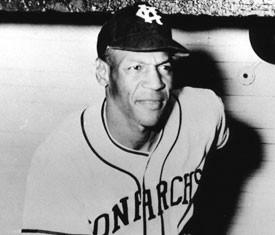
Buck O'Neil in 2005 signing autographs
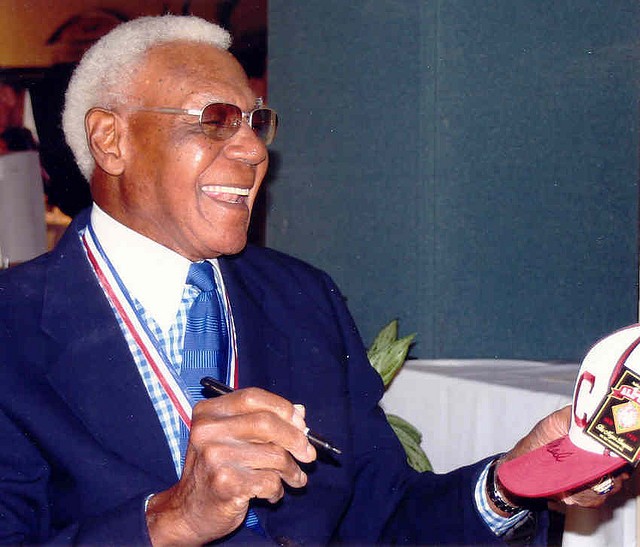
J. P. Small Memorial Stadium
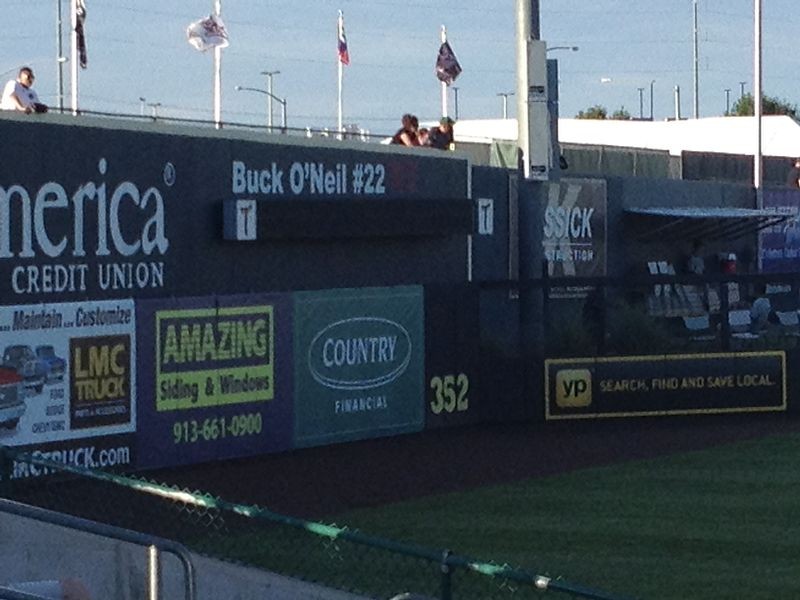
J. P. Small Memorial Stadium

Buck O'Neil Statue at J. P. Small Memorial Stadium
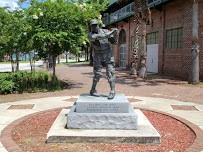
bleachers at the J. P. Small Memorial Stadium
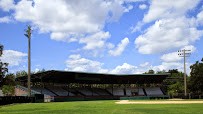
Backstory and Context
Text-to-speech Audio
The Buck O’Neil Statue is a life-size bronze statue that was dedicated to John Jordan “Buck” O’Neil in 2006 in front of the J.P. Small Memorial Stadium. O’Neil (November 13, 1911-October 6, 2006) was the first African American Major League Baseball Coach in Major League Baseball. He was also the first baseman and the manager in the Negro American Leagues. O’Neil mainly played for the Kansas City Monarchs. In 1937, he signed with the team the Memphis Red Sox for a year before being sold to the Monarchs the next year in the recently formed Negro American League. He played in two Negro World Series and four East-West All-Star Games. (1,2,3)
Buck O’Neil is a Florida born native, was denied the chance to attend high school because of racial segregation. He left Florida and moved in with relatives where he was able to finish high school and two years of college courses. He then played for several years in a semiprofessional interracial exhibition games before he signed with the Memphis Red Sox.(1,2)
O’Neil also served in the U.S. Navy during World War II between 1943 and 1945. After his return, in 1948, he was named the manager of the Monarchs where he continued to play for the team as well. He then dropped to part-time playing in 1951, and managed the team for eight seasons from 1948 to 1955, where they won two league titles. He also served as a scout after his playing days and became a coach for the Major League Baseball. (1,2)
The National Baseball Hall of Fame and Museum not only inducted Buck O’Neil, they honored his legacy by creating the Buck O’Neil Lifetime Achievement Award in 2008. His legend in the Negro Leagues and contributions in baseball extended over 8 decades. In his later years, before his death in 2006, he became a popular and notorious speaker and interview focus, helping spread the interest in the Negro Leagues. He is also responsible for playing a large role in the establishment of the Negro Leagues Baseball Museum in Kansas City, Missouri. (1,2)
Additional Information:
There is an exhibit at the National Baseball Hall of Fame dedicated to O'Neil.
The author Joe Posnanski's award-winning book documented O'Neil's life in his 2007 book, The Soul of Baseball.
